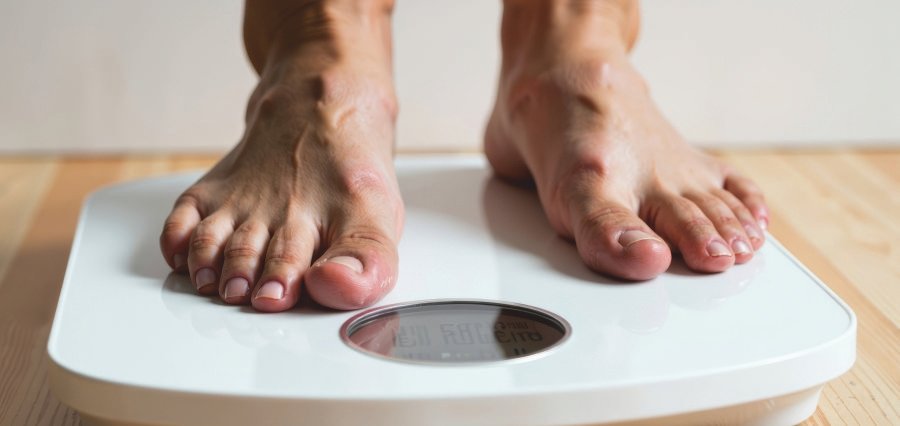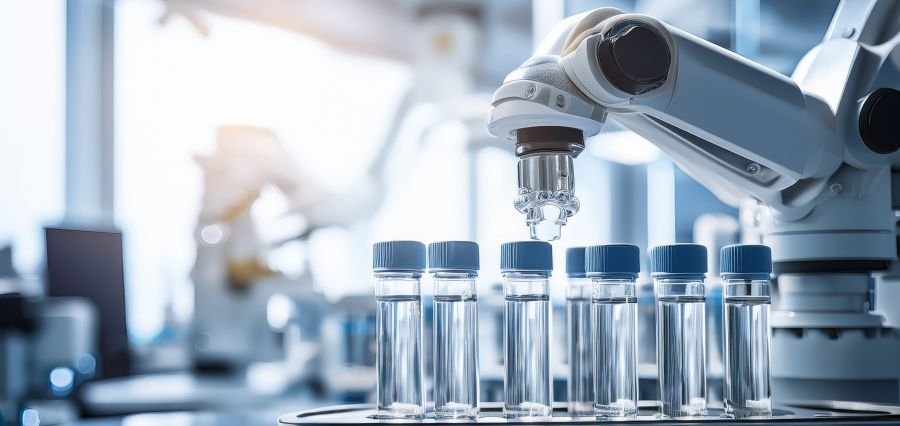Prime Highlights
- An 8-year-old boy who was bedridden in a wheelchair before, suffering from a rare HPDL gene disorder, regained mobility after he was given a new oral medication.
- FDA-approved treatment, created under FDA’s compassionate use, demonstrated encouraging results in undoing symptoms of mitochondrial dysfunction.
Key Fact
- The experimental medication, 4-hydroxybenzoate (4-HB), reverses the body’s ability to produce CoQ10, which is critical for cell energy production.
- The treatment brought observable impacts within weeks with no side effects being reported so far.
Key Background
” HPDL insufficiency,” a largely rare and generally murderous inheritable complaint, interferes with the body’s capacity to synthesize coenzyme Q10( CoQ10), a critical patch for mitochondrial energy product. The HPDL gene is central to the pathway of CoQ10 biosynthesis, and a mutation halts the process, performing in consequent severe neurological and muscular deterioration in babies.
The boy, two of whose siblings had already passed away from the same illness, had symptoms in early childhood. At the age of 8, he was losing his ability to run, and within a short time was totally dependent upon a wheelchair. Standard CoQ10 supplements were of no benefit as a supplement because the body does not absorb it effectively into the brain and muscles. Researchers and clinicians at this juncture turned to a targeted metabolic intervention.
Physicians at NYU Langone Health were granted the go-ahead to utilize 4-hydroxybenzoate (4-HB), a small molecule with the power to circumvent the gene defect and reinstate CoQ10 biosynthesis at the cellular level. The drug was first tried in HPDL mutant mice and proved highly promising—restoring motor function and making survival through adulthood possible.
The boy started taking every day doses of the drug orally during December 2023. In a matter of weeks, these radical changes were noted: less tiredness, better muscle control, and better coordination. By mid-2024, he was walking on his own, hiking, and even driving a go-kart—something impossible just a couple of months earlier.
This case shows the promise of mechanism-based treatments for ultra-rare illnesses. Restoration of the child is a milestone in precision medicine, illustrating the extent to which profound genetic understanding can be translated into everyday benefit. Although further clinic trials are needed, successful treatment with 4-HB in this case sets a basis for future treatment of “mitochondrial diseases” and “HPDL genetic deficiency”.





